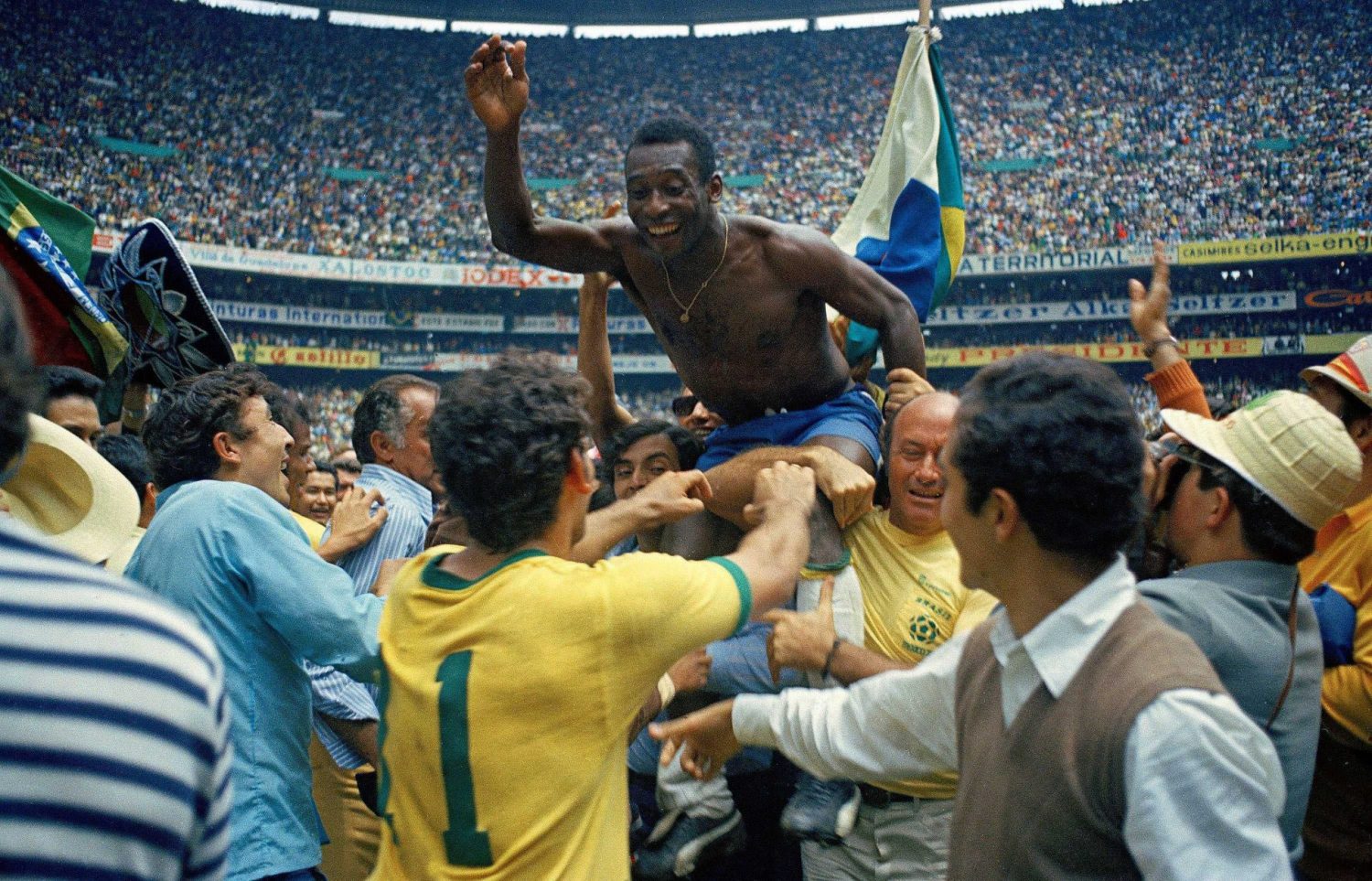
There was brilliant synergy ― magic, really ― when the feet and the mind of Pele were working in tandem on a soccer field. He put the ball wherever he wanted to. Not every time, but it was as close to perfection as you'll ever see.
Year after year, Pele saw every inch of the field, saw all 22 players without pausing or standing still. And he anticipated what would happen next before anyone else. He was always one step ahead.
The Brazilian legend, who passed away on December 29, 2022, was the greatest (and most important) pure scorer in soccer history. He made the impossible look easy. Pinpoint accuracy on his shots, using either feet or his head, in finding the perfect gap in a goalkeeper's blockade was another aspect of his goal-scoring genius.
It's only appropriate that the man born as Edson Arantes do Nascimento in October 1940, had a nickname bestowed on him as a child with exactly the same number of letters as the word "goal."
Guinness World Record
Nobody can diminish or ridicule what Pele achieved during his playing days. It's impossible to downplay his accomplishments.
Start with his Guinness World Records-recognized 1,279 goals in 1,363 matches (including friendlies) in a glistening career for Brazil's Santos FC (1956-74) and the New York Cosmos (1975-77).
On November 10, 1969, Pele notched his 1,000th career goal. He did it by converting a penalty kick against Vasco da Gama at Maracana Stadium, according to published reports. Widely cited data in recent decades lists Pele scoring 767 goals in 831 official league matches (although debates have persisted, and Rec.Sport.Soccer Statistics Foundation, or RSSSF, has decided that he had 745 goals in 840 official matches).
RELATED:
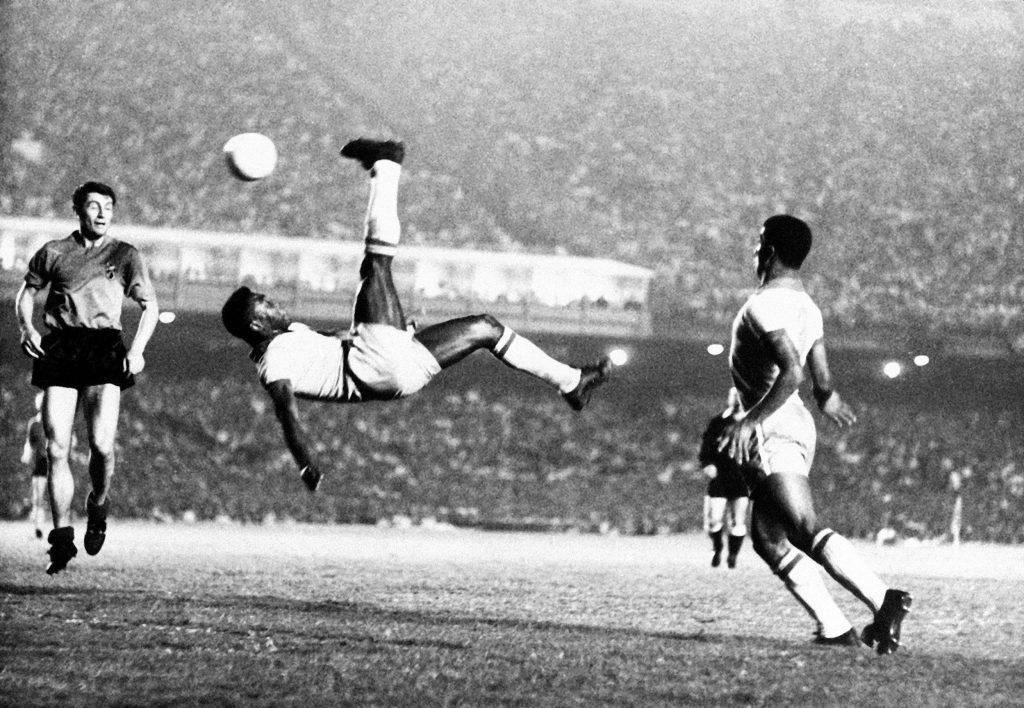
One of Pele's iconic bicycle kicks in a September 1968 match. (AP)
Pele: One of a Kind
At the international level, there's no debate. The information is there for all to see: Pele scored 77 times in 92 Brazil national team matches, including a dozen in the World Cup.
It started with his maiden goal for Brazil on July 7, 1957, against Argentina in a Roca Cup match in Rio de Janeiro. He played his final match for Brazil in 1971. In between, the stuff of legends defined his role on the national team, aka the Selecao.
At age 17, he was an instrumental force for Brazil in its World Cup-winning campaign in Sweden in 1958. The teenager thrived under pressure, including registering the lone goal against Wales in the quarterfinals, a hat trick in a 5-2 win over France in the semifinals and two more goals in a 5-2 triumph over Sweden in the final.
World Cup glory followed for Pele and Brazil in 1962 and 1970.
Beyond the Dreams of All But Pele
In a career that will be celebrated for centuries to come, Pele occupies a special place in the annals of sports. He is the only player ever to win three World Cups. It's a fitting achievement, underscoring how important he was to the flow of the game and the final score every time he was in the lineup for Brazil.
FIFA President Gianni Infantino paid tribute to Pele in a post shared on Linkedin, declaring that "his skill and imagination were incomparable."
"Pele did things that no other player would even dream of, such as the famous dummy in the 1970 FIFA World Cup semifinal that became known as the Pele run-around," Infantino wrote. "Or the goal he scored in the 1958 FIFA World Cup final as a 17-year-old when he flicked the ball over a defender and volleyed it into the net."
Pele: A Lifetime in the Spotlight
There's only one athlete in the second half of the 20th century whose global fame and popularity during their years as an active athlete can be compared to Pele's. His name: Muhammad Ali.
And both men were as recognizable as the Pope ― or arguably more so ― in all corners of the globe for the rest of their lives.
Pele's friendly demeanor and smile made him approachable at stadiums, airports, hotel cafes, beaches, or anywhere else.
What's more, as Infantino pointed out, "Pele had a magnetic presence and, when you were with him, the rest of the world stopped."
And his everyman appearance (he stood 173 cm) made him seem less like soccer's Superman and more like a mere mortal whenever he wasn't playing a match or practicing on the pitch.
Yet when Pele performed his craft, it was impossible to not be moved by his particular genius.
Just ask the NBA's all-time leading scorer.
"When Pele kicked soccer to a whole new level, athletes of every sport, myself included, were inspired to also reach for a higher level of performance," Kareem Abdul-Jabbar wrote on Substack. "I don’t know if we achieved it, but we all loved trying. And the fans loved watching.
"Pele, when you rose up off the ground, all humankind rose with you."

Pele's Influence
In the United States, there are two distinct eras of soccer: Before Pele and After Pele.
When he joined the Cosmos in 1975, media coverage of the sport and fan attendance both increased significantly. Soccer didn't supplant baseball or American football as the No. 1 sport in the United States, but Pele and the Cosmos' vast array of international stars helped elevate the sport and attract waves of new fans.
The North American Soccer League, however, faced financial problems and media exposure faded in its latter years before the league dissolved in 1985.
But scores of youth soccer leagues sprouted up throughout the United States in the 1980s. In addition, FIFA awarded the 1994 World Cup to the United States and the launch of Major League Soccer, a long-sought replacement for the NASL, two years later, were major steps in achieving sustained interest in the sport.
Those three milestones help remind folks that the King of Soccer had plied his craft in and near the media capital of North America.
Uniquely Pele Style
On October 1, 1977, Pele played his final match, an exhibition contest at Giants Stadium in East Rutherford, New Jersey, that attracted 76,000 fans (see match footage here).
It was a perfect format for Pele's send-off. He played the first half for the Cosmos, who won the 1977 NASL title, and the second half for Santos.
That September, Pele and the Cosmos became the first Western soccer team to play in China, facing the Chinese national team in a pair of matches in Beijing and Shanghai. Before arriving in China, the Cosmos had played a match in Venezuela and two more in Japan as part of Pele's farewell tour. Then they faced an Indian squad in Kolkata.
A Superstar for All Generations
Memories fade and new sports and pop-culture heroes emerge each generation. But Pele has been an icon since the late 1950s.
And the massive outpouring of tributes to him in recent days, from past and present soccer icons, dignitaries and ordinary people, demonstrates that the King of Soccer's reign continues.
Pele, who wore No. 10 throughout his career, appeared in the 1981 film "Escape to Victory," along with Michael Caine and Sylvester Stallone. And his cinematic presence in this movie and many others over the years cemented his iconic status even more ― if that was even possible.
Soccer aficionado and sports journalist Marc Stein, one of the most well-respected NBA insiders, considers one of Pele's goals in the film one of the superstar's best highlights: a bicycle kick goal.
"It could only be No. 10, playing the Trinidadian Corporal Luis Fernandez, who stole the show … executing the overhead kick that, if he did not quite invent, Pele swiftly became synonymous with," Stein wrote in an online tribute in January 2023. "No one ever completed the move with more natural grace."
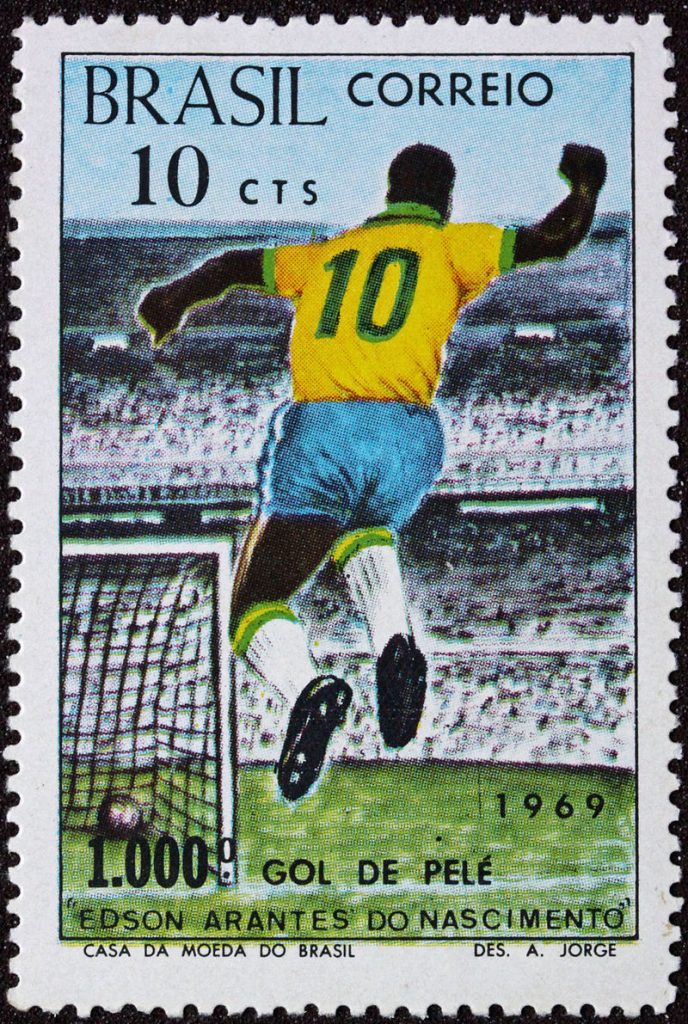
A 1969 Pele stamp. (Wikimedia Commons)
A Lifetime of Scoring
Extraordinary athleticism and goal-scoring prowess will always be defining characteristics of Pele's life. More than 60 years ago, those were hallmarks of his career. The New York Times noted in a December 1962 article that Pele, then 22, already had 518 goals in all matches in his six years as a professional footballer.
Santos manager Luis Alonso, commonly known as Lula, praised Pele's body control as being one of the keys to his remarkable success.
"When other players are falling down in a melee, Pele is nearly always on his feet where the ball is," the manager was quoted as saying.
And, by all accounts, it was an impossible task to keep Pele from scoring for long stretches.
Author: Ed Odeven
Follow Ed on JAPAN Forward's [Japan Sports Notebook] here on Sundays, in [Odds and Evens] here during the week, and Twitter @ed_odeven.

Nagoya Basho Tournament Records
| Day | Opponent | Result |
|---|

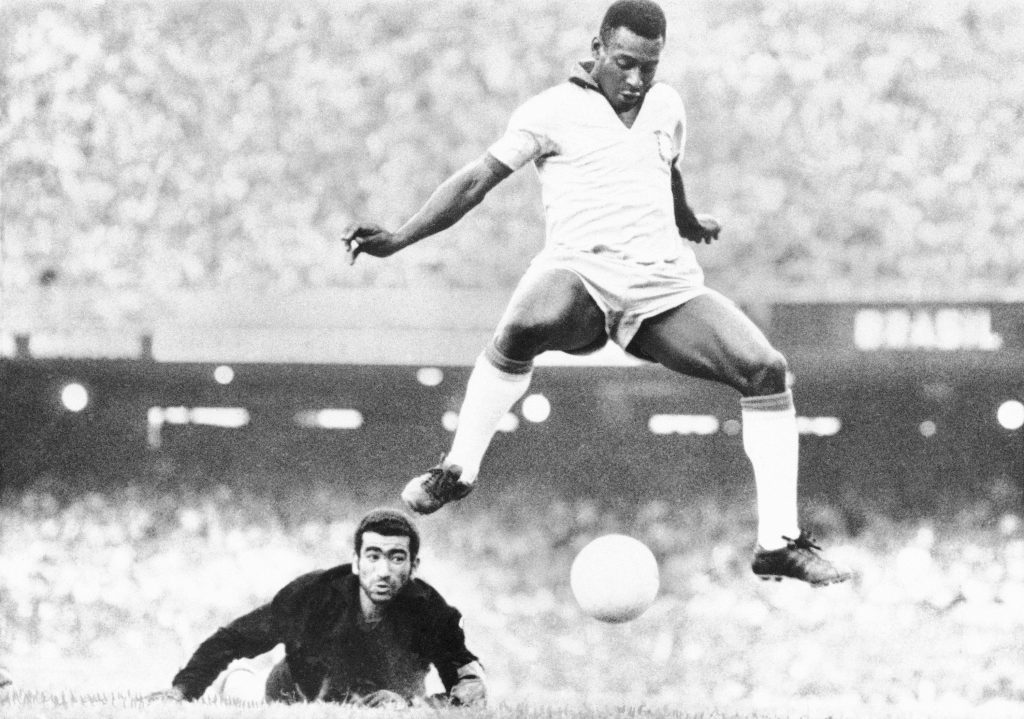
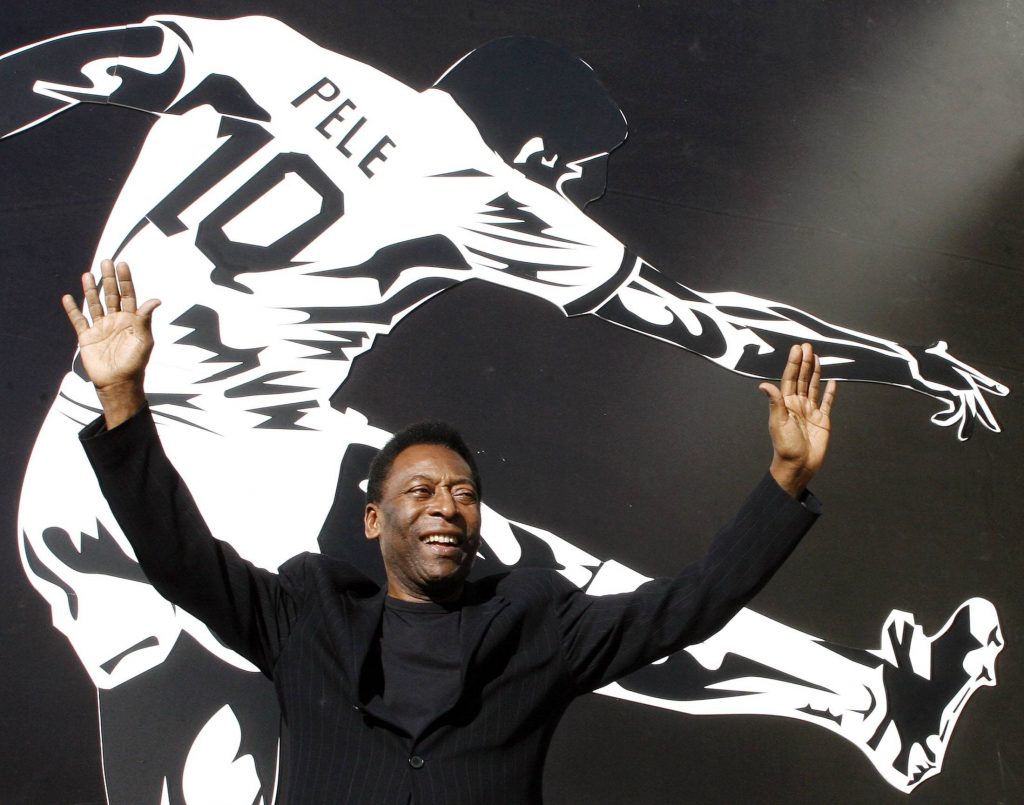
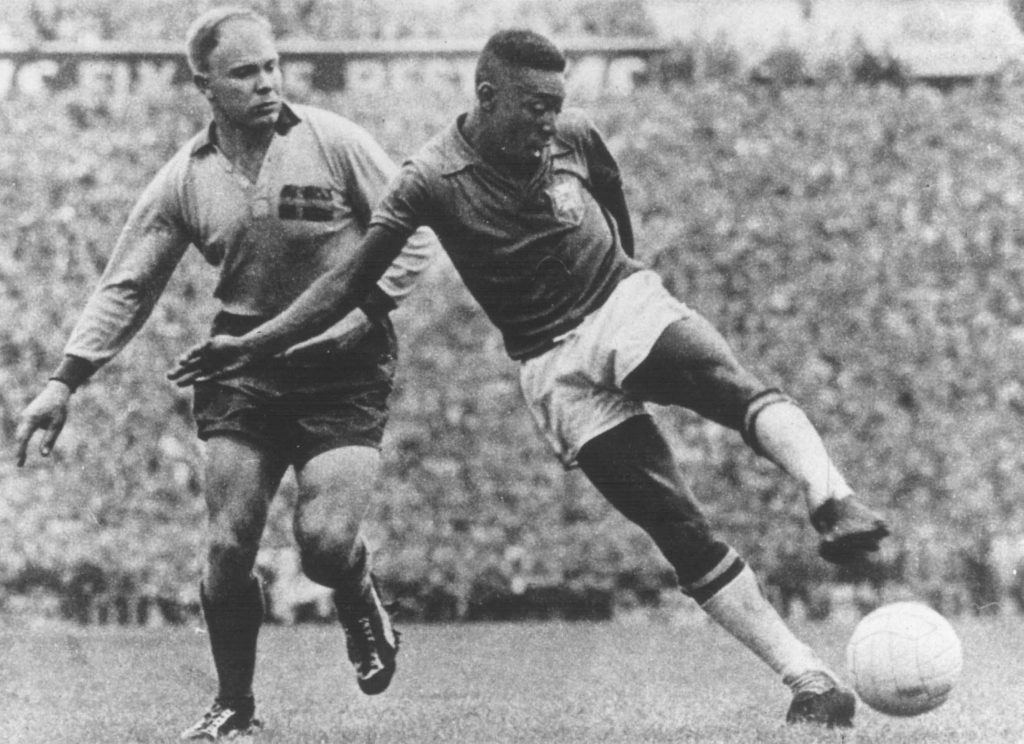
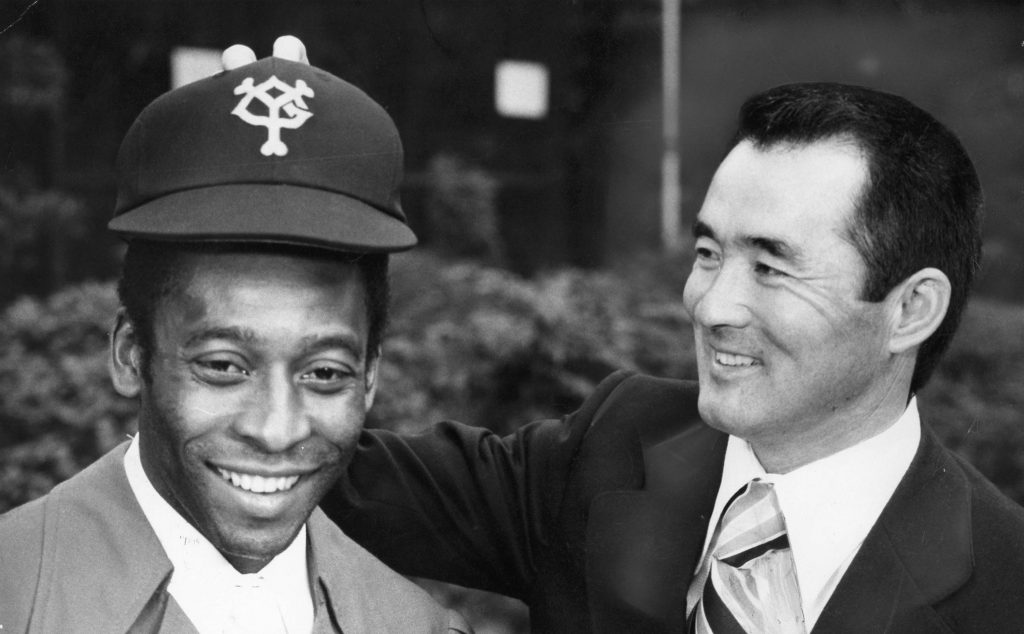





















You must be logged in to post a comment Login